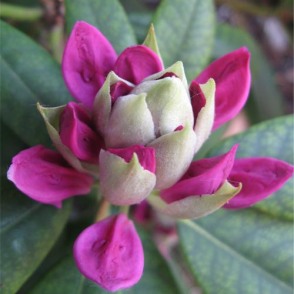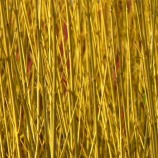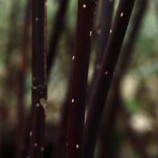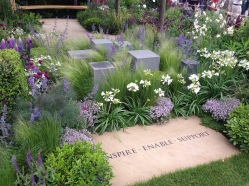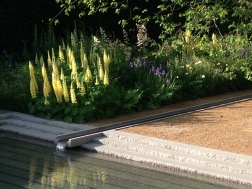
Miscanthus sinensis ‘Strictus in flower
Ornamental grasses are not everyone’s cup of tea, as they don’t tend to bring the desired colour to your garden. I feel it’s the movement which grasses offer, that can bring life and character to your garden. Another added benefit, is that of late season interest, as most impact and colour dissipates. With so many forms and looks to choose from, I felt it necessary to share some of my best recommendations:
- Panicum virgatum ‘Heavy Metal’ – A fantastic option for limited space where some vertical height (approx 5ft) is required. Known for it’s fine sheath of blue-grey foliage and bearing purple-pink inflorescences which tend to pick up the colour of pink and purple late-season flowers. Another recommendation is the slightly shorter Panicum virgatum ‘Shenandoah’ with the burgandy-red tipped foliage.
- Miscanthus sinensis ‘Strictus’ – The foliage of this one will catch your eye! The green spikey leaves are banded with cream-yellow, giving it the name of Porcupine grass. They bear pinkish crinkly flowers on arching 2m stems forming a graceful focal point in the garden.
- Calamagrostis ‘Karl Foerster’ – a very popular clump-forming and upright green grass with linear leaves, bearing tall green flowering panicles at first which then fade to pale brown in Autumn and last well into the Winter.
- Hakonechloa macra ‘Aureola’ – One of my personal favourites with the arching mounds of bamboo-like foliage. The variegated yellow foliage is striking and this grass is particularly good at softening the edges, partnered with something solid and structural like Buxus. Other recommended varieties are ‘All Gold’ with the bright yellow foliage and ‘Nicholas’ with its green foliage that is flushed with flame orange and red in the Autumn.
- Pennisetum alopecuriodes ‘Hameln’ – Certainly one of the most popular grasses with its upright mound of arching green leaves, bearing bottlebrush spikes of silvery-white flowers which can be freshly cut as well as dried. The leaves tend to turn bright golden-yellow in Autumn and the plant can still look attractive until well into the Winter. Other recommended varieties are ‘Little Bunny’ which is just a more compact form and ‘Red Head’ with its soft smokey-pink flower spikes turning to buff as they dry out.
If you would like to benefit from the softness, contrast and movement that these fantastic grasses can offer, then look for a partial shade or sunny position and work some grit into the soil to improve the drainage. Consider the growth over the years and ensure you give it enough space to grow to its full potential. Now gaze out from the window and see the difference they make when there is a slight breeze…
Happy gardening…









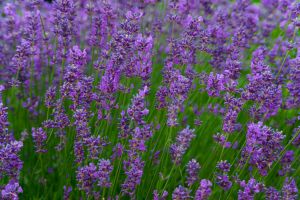


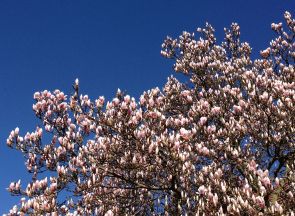
 Magnolia stellata is best used as specimen plants in gardens with limited space. Reaching heights of only 2m they can also be grown in pots on patios. Unfortunately, they only come in white star-shaped flowers, but they do produce an abundance of flowers to make up for it.
Magnolia stellata is best used as specimen plants in gardens with limited space. Reaching heights of only 2m they can also be grown in pots on patios. Unfortunately, they only come in white star-shaped flowers, but they do produce an abundance of flowers to make up for it.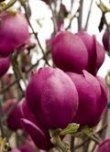





 Perennial Salvia – sage
Perennial Salvia – sage
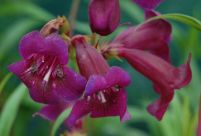


 Hardy Fuchsia
Hardy Fuchsia
 Ceratostigma – blue-flowered leadwort
Ceratostigma – blue-flowered leadwort






